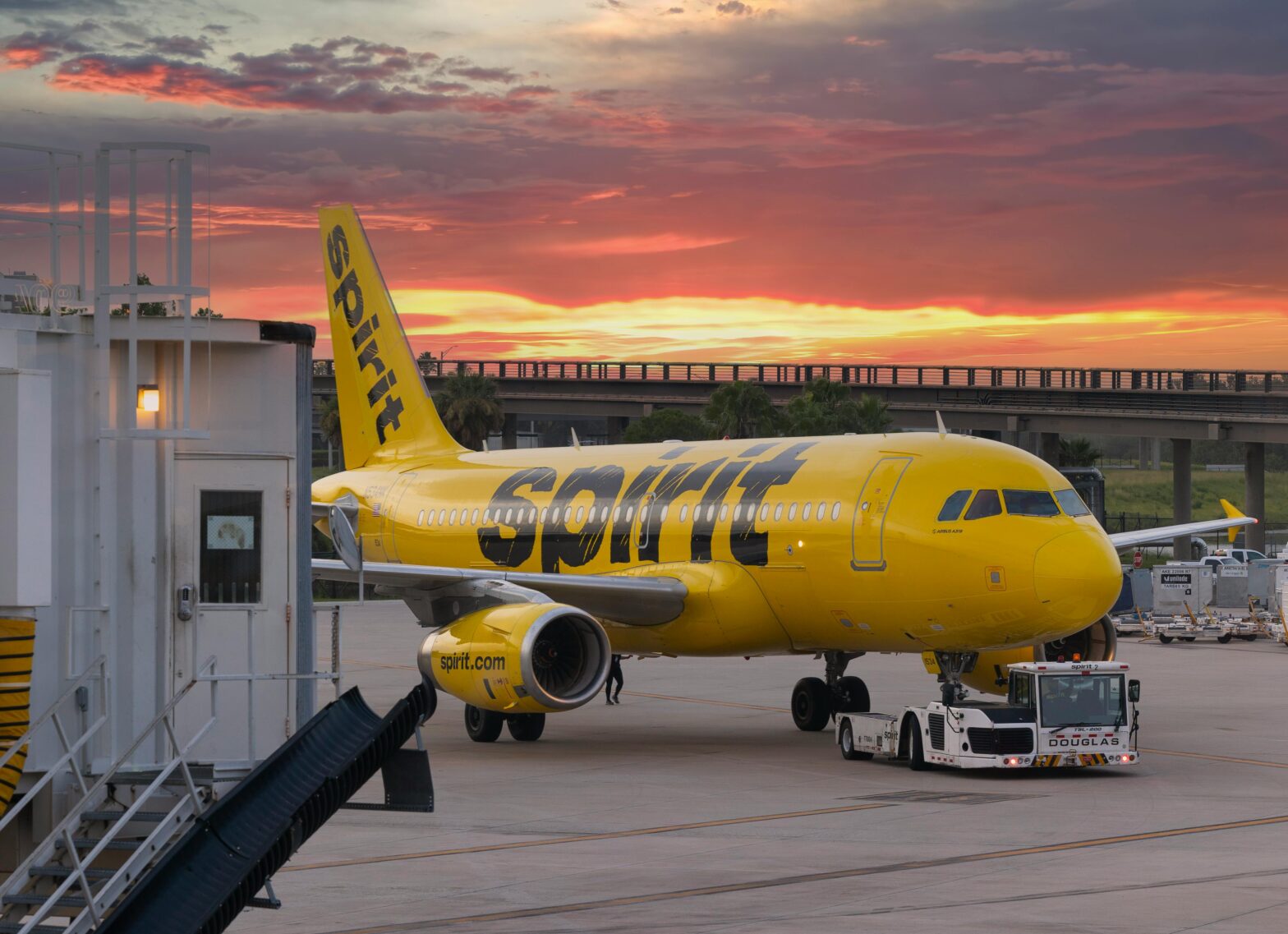When it comes to savory, delicious food, the Dominican Republic is a star in the Caribbean. Granted, all the Caribbean islands tend to use similar ingredients such as rice, beans, and various meats. The Dominican Republic puts a unique stamp on its dishes, from mangú, a plantain-based dish, to sancocho, a hearty meat stew. However, most would nominate La Bandera as the country’s national dish.
As noted by Inspired With A Twist, “The dish’s name comes from the similarities of the Dominican flag. The beans represent the red, the rice represents the white and the meat (whether its chicken, beef, or pork) represents the blue.”
Here’s what to know about this staple in Dominican cuisine.
What Is La Bandera?
This hearty dish really isn’t anything fancy, and that’s the point. It’s a humble meal that Dominicans on and off the island have enjoyed for generations. While it can be eaten at dinnertime, it’s commonly had at lunch—the biggest and most important meal of the day.
In addition to the components listed above, the dish can be paired with a salad, tostones, or platano maduro (fried yellow or green plantains).
In a lot of American dishes, rice is a side dish. But in La Bandera, it’s a huge portion of the meal. Since the idea behind the dish is to stretch out inexpensive ingredients, adding plenty of rice makes sense. It’s filling and incredibly versatile.
The History of La Bandera
Like all Dominican dishes, La Bandera draws from Spanish, African, and indigenous influences. It isn’t spicy, but it’s packed with flavor and personality.
According to Amigo Foods, “The earliest this national dish could have existed was in the 1840s when the Dominicans declared their independence from Haiti.”
These countries occupy the same landmass, which Columbus called Hispaniola, or Little Spain. They share a long, brutal history of being colonized by Europe. As far as food and culture go though, The Dominican Republic and Haiti couldn’t be more different.
The Components of La Bandera
The base of La Bandera is white rice. You’ll find this in a number of other Dominican meals. Next, there are habichuelas guisadas rojas—Dominican stewed beans. The process of preparing these varies from household to household.
According to the cooking website Dominican Cooking, “We typically boil the beans well in advance and may even soak them overnight. Some home cooks may cut some time using canned beans, though we still prefer boiling dry beans because they are cheaper, and we favor the flavor. The beans are the first thing we start, usually at least a couple of hours before the meal is served.”
Third is the carne—the meat. Pollo guisado (braised chicken) is frequently used since chicken is cheap. However, some versions of La Bandera incorporate res guisada (braised beef).
Ensalada Verde is a nice, healthy green salad consisting of lettuce, tomato, and sliced onions. Some add slices of aguacate, or avocado.
Dominican Cooking explains, “The meat may be seasoned the prior night, but is generally cooked from scratch starting an hour or two before mealtime, depending on the type of meat you’ll serve. So is the rice, which takes about 30 minutes to prepare. The salad can be made while things are cooking, and refrigerated until lunchtime.”





